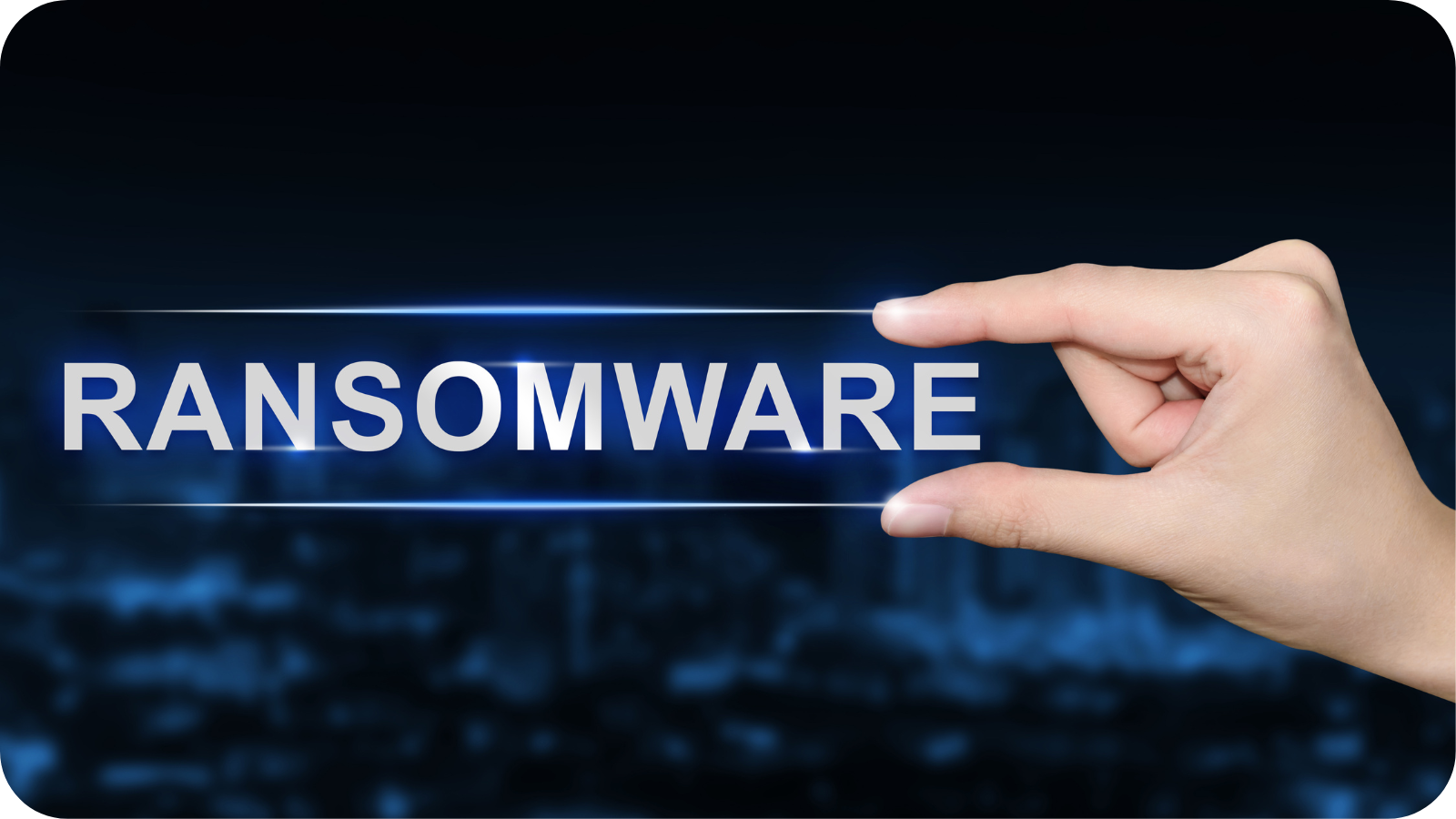Discover the growing challenge for organisations dealing with daily cyber threats. Many lack the tools or expertise to address these risks, prioritising strategic goals. Despite trusting software providers, vulnerabilities exist, leaving organisations at risk. The question persists: What if you're the next victim of a supply chain attack?
What is a Supply Chain Attack?
Supply chain attacks infiltrate systems through less secure connected partners or suppliers, targeting vulnerable links. Cyber criminals slip malicious code into software or hardware, exploiting backdoor channels for unauthorised access. These attacks are less noticeable and easier for hackers compared to direct breaches.
How do They Work?
Threat actors exploit unsecured networks, unprotected servers, or unsafe coding in a supply chain. This includes vendors with unsafe security, phishing scams, and corrupted third-party providers. Thorough security reviews help mitigate these risks, as vendors with weak security are less likely to detect code infections.
Types of Supply Chain Attacks:
- Malware: Executes unauthorised actions in a network, allowing hackers access to data and operations.
- Phishing: more than 90% of cyber attacks start with a phishing email, tricking individuals into revealing sensitive information.
- Man in the Middle (MITM): Eavesdrops on compromised user communications for extortion or blackmail.
- DDoS: Overwhelms a website using botnets, denying access to legitimate users.
- SQL Injection: Injects SQL queries to affect database execution.
- Cross-site Scripting (XSS): Manipulates vulnerable websites to send unauthorised scripts.
Examples of Supply Chain Attacks:
In 2023, a supply chain attack named "Operation ShadowHammer" targeted ASUS devices by compromising the Live Update utility. Cybercriminals inserted malicious code into legitimate updates, affecting thousands of computers globally. This sophisticated attack went undetected for months until security researchers uncovered it.
In 2019, adversaries inserted a backdoor into a software update of SolarWinds, a widely used networking tool by numerous prominent companies and government agencies. This backdoor granted attackers remote access to thousands of corporate and government servers, resulting in a widespread global attack that triggered numerous data breaches and security incidents.
How to Reduce the Risk:
- Automated scanning and detection.
- Scrutiny of software updates before installation.
- Basic training on cyber threats and hygiene.
- Automated offsite backups for sensitive data.
Celerity's Managed SIEM service routinely tests vulnerabilities, provides you with full visibility of threats, and ensures quicker remediation in the event of an incident. Investing in robust and reliable cybersecurity is crucial, considering the potential extensive damage of a successful supply chain attack to your business.




